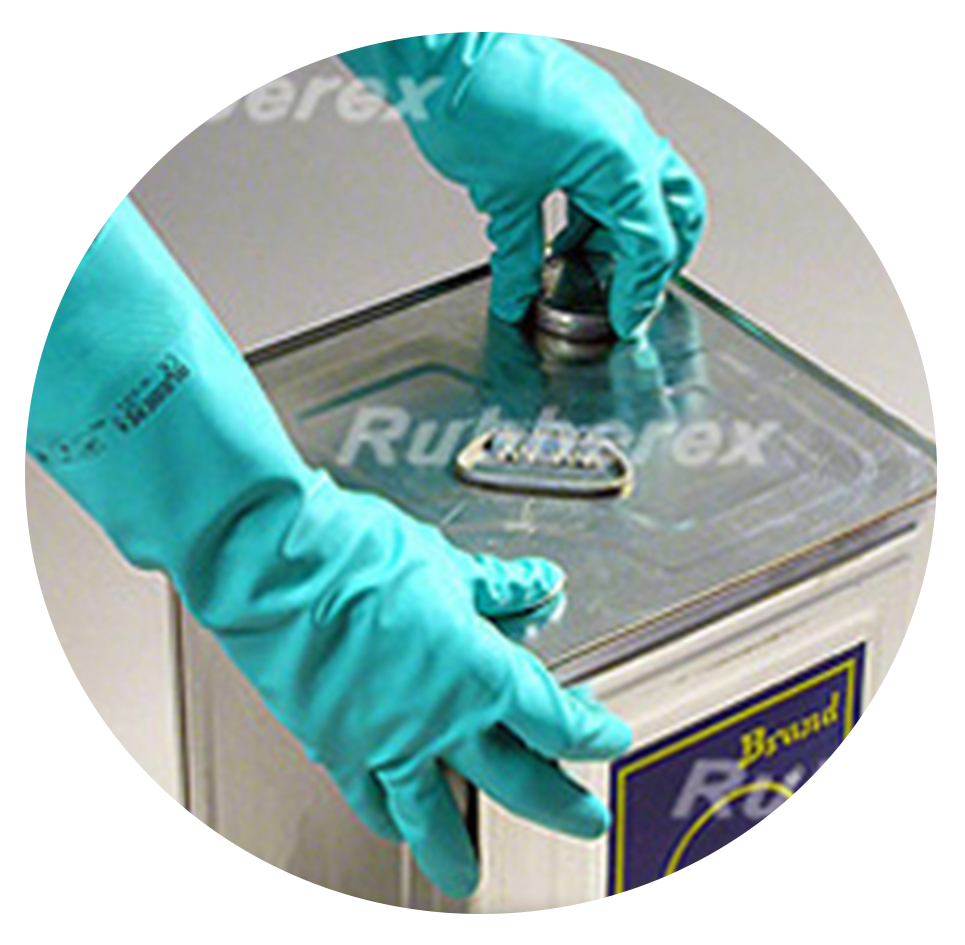Environmental

Environmental Sustainability Goals
Achieve Net Zero Carbon Emissions by 2050
Ongoing
All manufacturing factories to be ISO 14001 Environmental Management System certified by 2030
We are certified with ISO 14001:2015
Water

Water is a very important yet limited resource in our manufacturing plants where this precious commodity is critical to our glove production processes. At Hexcare, we are committed to managing and using water in the most cost-efficient way that also promotes the long term sustainability of the environment as well. Our Group targets to achieve a reduction of 10% in overall water withdrawal in 2030 with FYE2022 as a baseline. Consequently, some of the water saving initiatives that the Group has put in place include:
(i) a rain water harvesting system at our Malaysia glove production plants, which saved approximately 1000 cubic meter of water withdrawal per year; and
(ii) Installed filters in the leaching tanks to manage the sludge accumulation, reducing the frequency of water changes and downtime to clean the tanks at Rubberex (M) Sdn Berhad. Through the implementation of this initiative, we reduced the water change frequency from twice a week to once a week, thereby saving approximately 740 cubic meters of water withdrawal in FYE2023.
Rubberex (M) Sdn Bhd
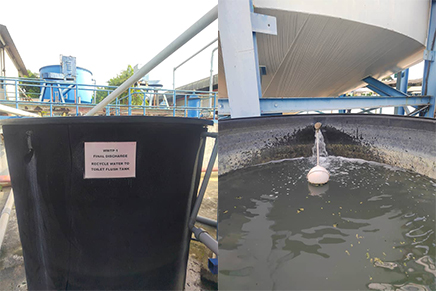
Rubberex Alliance Sdn Bhd
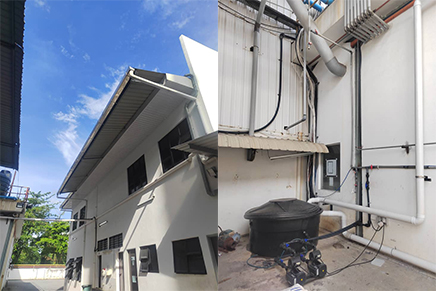
Hexcare’s glove production plants are housed in within a single location in Ipoh, Perak, Malaysia where we deploy well-established waste water treatment plants and water recycling systems on-site to manage the consumption of water and address water security risks.
Recycled water is reused for toilet flushing, general cleaning, gardening, and other non-critical functions within factory grounds. In addition to the systematic monitoring of daily water consumption, the quality of effluent discharges is also closely tracked to ensure that processed water is safely treated before it released to our drainage and local river systems.
Hexcare’s water withdrawal is primarily sourced from the local municipal water supply. In order to minimize dependency on municipal water sources, we are in the process of upgrading our on-site rainwater harvesting system at our Rubberex Alliance Sdn Bhd sites, that would be capable of capturing approximately 3,000 cubic meters of rain water a year, for recycling and use within our factory operations. With this, two out of the theree sites, which constitute 66.7% throughout the company, will be equipped with rainwater harvesting systems. The reduction of municipal water consumption is expected to create more self-sustaining plants, improve efficiency and result in cost savings for the Group.
Besides pollution and emission controls, the Group’s effluent discharges are effectively treated before release to the river systems and reused in the factories. The Group is guided by the Environmental Quality (Industrial Effluent) Regulations 2009 and is in compliance to the design and construction of its industrial effluent treatment systems as well as specifications of industrial effluent treated and/or disposed. The quality of effluent discharges is closely monitored to ensure that processed water is safely treated and pose no threat to the environment before it is released to our drainage and local river systems. In FYE2023, there were no incidences of non-compliances relating to water quality or quantity permits, standards or regulations that resulted in fines, penalties or warnings from the authorities.
In FYE2023, our Malaysian plants treated and released approximately 937,000 cubic meters of water back to the local river systems. Compared to water withdrawn from our national water source of 820,000 cubic meters, the ratio of 1.15 implied a higher volume of treated water released relative to that consumed and has improved from the year before. The Group has set a target to achieve a reduction of 10.0% in global water withdrawal in 2030 with FYE2022 as a baseline.
| FYE2023 mil m³ |
FYE2022 mil m³ |
FYE2021 mil m³ |
|
| Volume of Water Treated *(Back to local river system) |
0.94 | 0.80 | 1.07 |
| Volume of Water Withdrawn **(Withdrawn from local municipal water source) |
0.82 | 0.62 | 0.84 |
| Ratio (Water Treated : Water Withdrawn) | 1.15 | 1.29 | 1.27 |
| Volume of water withdrawn in water-stressed region | Nil | Nil | Nil |
*Water treated is equivalent to water discharged
**Water withdrawn is equivalent to water consumed
The Group also primarily operates in Malaysia, within Ipoh, Perak and Subang, Selangor, where, according to the WRI (World Resources Institute), are not considered water stressed areas (https://www.wri.org/applications/aqueduct.water-risk-atlas). The Group targets to maintain these bases and have no immediate plans to relocate to any water-stressed regions in Malaysia or overseas within the next five(5) years. Nevertheless, we acknowledge that floods, droughts and other water related risk issues brought on by unpredictable weather patterns and climate change will likely impact on the way businesses are organized and operated in future.
Solar Panel
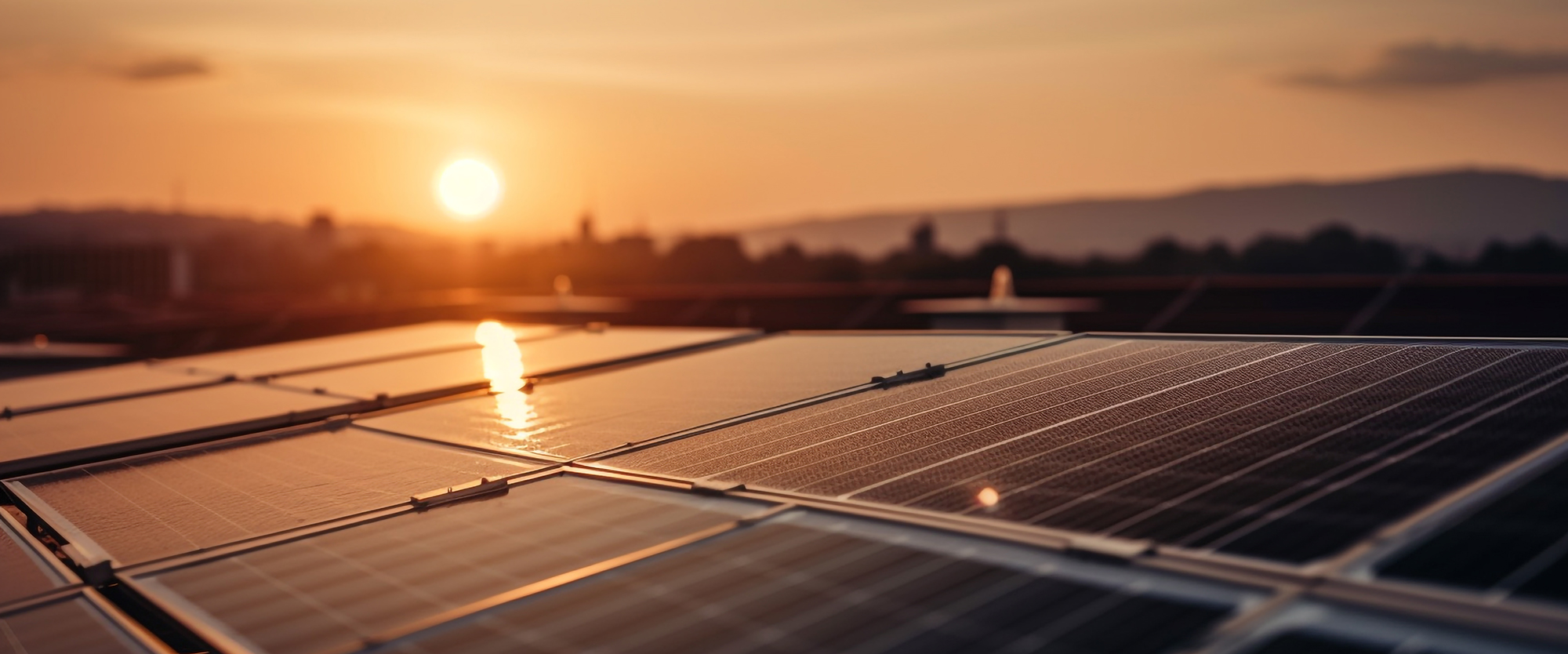
Hexcare believes that efficient usage of energy is an important aspect of being a sustainable company and strives to continuously improve in this regard. On a yearly basis, Hexcare is assessed by a qualified registered electrical energy manager appointed by Suruhanjaya Tenaga Malaysia (Energy Commission of Malaysia) on compliance to relevant legislative and regulatory requirements as well as on efficient management of electrical energy. Where practical and economically viable, several cost saving initiatives were also reviewed and implemented throughout the year, such as the adoption and conversion of conventional lightings to LED types at various parts of the plants to improve lighting efficiency and reduce costs.
In the previous year, Hexcare commissioned the installation of a solar photovoltaic power generation system at its plant, at an approximate cost of RM5.0 million, with the intent of harnessing the power of the sun to produce a form of renewable energy that is clean and environmentally friendly. This investment is beneficial to the Group as a hedge against electricity tariff hikes and is a practical viable approach to conserving and managing energy charges. The electricity cost savings predicted from such investment amounts to between RM1.2 million to RM1.5 million per year; this ultimately translates to higher returns to the Group in the long run. As this project was only completed and commissioned in August 2022, the Group had only just begun to gather data on such energy savings for the last five months of FYE2022.
The electricity yield from our solar panels in the previous year was 212,000 kWh, of which 77,000 kWh was utilized at our plants and 135,000 kWh subsequently exported back to Tenaga National Berhad. Based on this preliminary data, the savings generated from solar energy for the first five months of utilization amounted to approximately RM50,000.
3Rs -Recycle, Reduce and Reuse
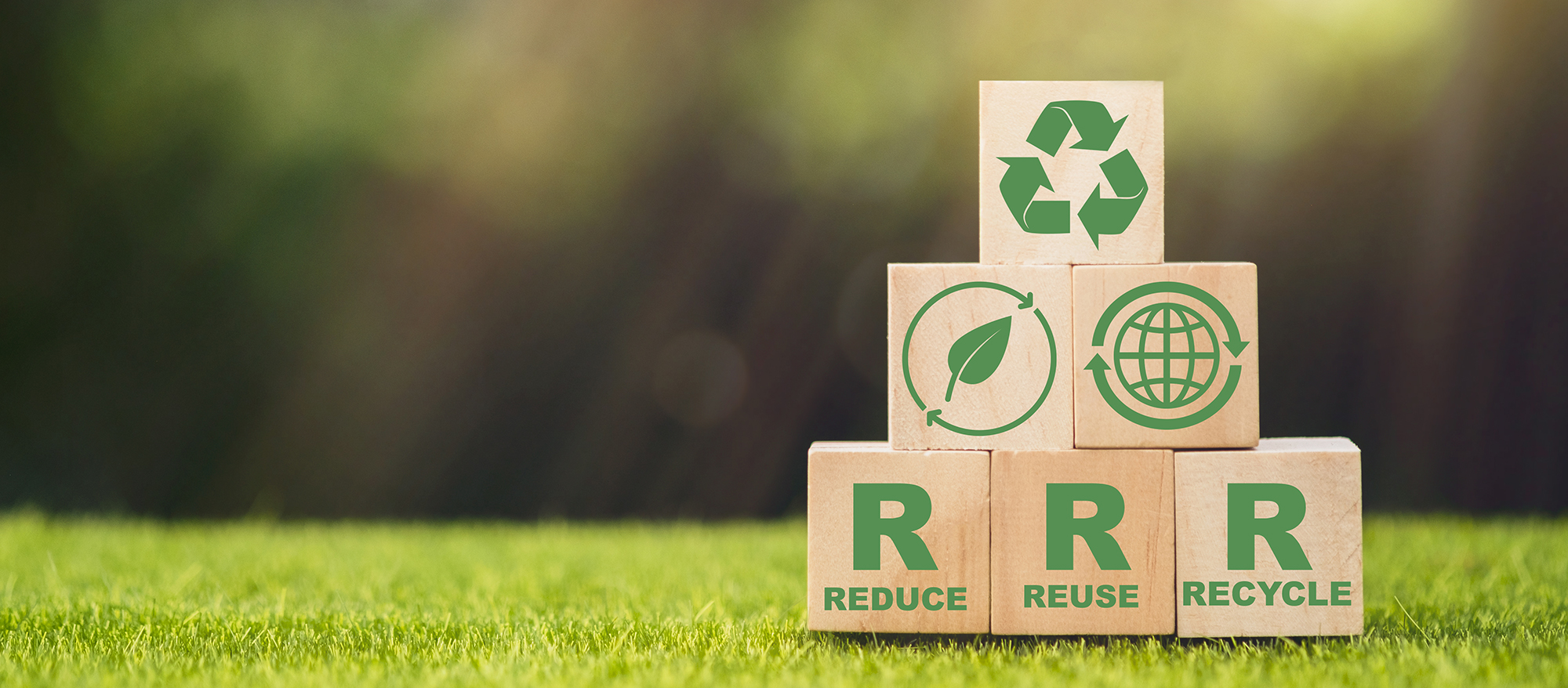
i) Preservation of Forests and Biodegradability
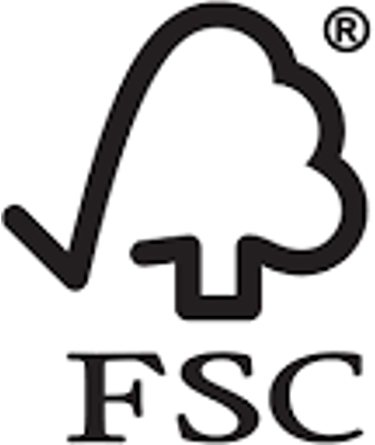
The 3Rs mantra for the Environment is all the more relevant today as we confront the challenges of climate change, greenhouse gas emissions and depletion of natural resource. Simply put, correct applications of the 3Rs help to reduce the burden on our environment and saves our precious planet.
The world’s forests play a vital role in regulating our climate, absorbing carbon dioxide from the atmosphere and effectively counteract global warming. In our quest to tackle the challenges of climate change and protect the destruction of forests and the precious biodiversity in them, the Group consciously sources its wood and paper products such as packaging materials, wooden pallets and stationeries from Forest Stewardship Council (FSC) certified sources and materials. Products that carry the FSC label are made from 100% recycled materials or are sourced from FSC-certified forests, essentially helping to reverse the effects of deforestation and preserving our environment.
Hexcare’s household and certain industrial gloves produced in Malaysia are largely made from natural rubber – they are recyclable as well as biodegradable in soil where the gloves naturally disintegrate into organic matter over time, causing no harm to the environment or water systems. Where possible, plastic and other synthetic non-biodegradable matters in our shipped goods are also replaced with wood products that are sustainable and renewable.
In another tangible effort to reduce carbon footprint, where possible, the Group also promoted the packaging of gloves in the doubled-up 200 piece-pack or 2,000 pieces per carton style so as to optimize paper and chemicals usage, contributing to less wastes, lower costs and a kinder environment in the long run.
ii) Scheduled Waste

Scheduled waste is any waste that has hazardous characteristics and the potential to impact the environment and/or harm the public if exposed. At Hexcare, responsible waste and pollution management entail the proper and correct disposal of wastes or unwanted by-products in accordance with local environmental laws issued by the Department of Environment (DOE).
The types of scheduled wastes generated by our plants include sludge, clinical waste, waste acetone, contaminated containers and other solid wastes. In FYE2022, latex sludge and compounded latex lumps make up the highest proportion of scheduled waste generated.
| Code | Scheduled Waste Generated | Total Weight (in tonnes) | Disposal Method |
| SW102 | Waste Battery | 0.37 | To reuse, if possible. To dispose to approved disposal facility, if not reusable. |
| SW109 | Fluorescent Bulb | 0.21 | |
| SW305 | Waste Oil | 9.68 | |
| SW321 | Compounded Waste Latex Pump | 293.48 | |
| SW322 | Waste Acetone | 0.13 | |
| SW409 | Contaminated Containers | 61.74 | |
| SW321 | Sludge | 535.71 | Approved disposal facility. Waste management company either landfill or combustion. |
| SW404 | Clinical Waste (RTK) | 0.11 | |
| SW410 | Contaminated Rags | 0.17 |
The disposal and management of such wastes are carried out by competent skilled personnel under the watchful eye of Management to ensure that there is no contamination of ground water, surface water and air quality that could harm the environment or affect human health.
Climate change
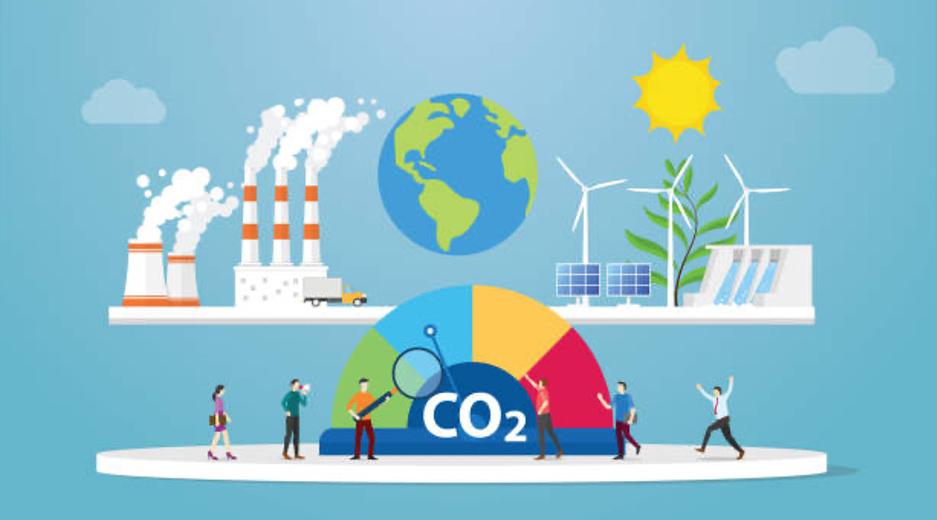
The need for climate change risk management is more urgent than ever considering the scale of adverse economic impacts of human activities on the environment today. At Hexcare, we address this risk by computing and monitoring greenhouse gas emissions from the plants’ production processes and operations of our offices in Malaysia and Spain.
As a responsible global corporate citizen, we believe that it is important to continuously reduce the impact of GHG emissions from year to year through improving operational efficiencies and applying green technologies where feasible. We established our emissions data table to represent Hexcare’s operational carbon emissions following the guidelines in the Greenhouse Gas (GHG) Protocol, which is a standard governing the accounting and reporting of seven GHG covered by the Kyoto Protocol, and subsequently taken pro-active steps to reduce them. In the process, we have also defined the operational boundaries for the purpose of such calculation, taking into account the scopes of both direct and indirect emissions within the boundaries. The emission factors used were made with reference to recognized sources such as the Malaysian Green Technology Corporation’s website (CDM Electricity Baseline for Malaysia), the Department for Environment (DOE), Food and Rural Affairs (Defra) UK GHG Conversion Factors and the Intergovernmental Panel on Climate Change (IPCC), which are relevant to our operations.
| GHG Emission | CO2e for Year (MT) | |||
| 2020 | 2021 | 2022 | ||
| Scope 1 | Petrol & Diesel | 201 | 201 | 168 |
| Natural Gas | 3,138 | 26,013 | 9,309 | |
| PKS & WC | 29,941 | 27,840 | 17,330 | |
| Sub Total | 33,281 | 54,053 | 26,807 | |
| Scope 2 | Purchase Electricity | 18,382 | 23,495 | 12,200 |
| Sub Total | 18,382 | 23,495 | 12,200 | |
| Total (Scope 1 & 2) | 51,663 | 77,548 | 39,007 | |
| Scope 3 | Purchase goods and services | 55 | 125 | 93 |
| Waste generated in operations | 334 | 641 | 469 | |
| Business Travel | N/A | N/A | 107 | |
| Employee Commuting | N/A | N/A | 278 | |
| Investment | N/A | N/A | 930 | |
| Sub Total | 389 | 766 | 1,877 | |
| Grand Total (Scope 1,2 & 3) | 52,052 | 78,315 | 40,884 | |
Notes:
Scope 1 emissions refer to direct CO2e emitted from sources that are owned by the Group, such as our machineries and company owned vehicles
Scope 2 emissions refer to indirect CO2e emitted from the consumption of purchased electricity
Scope 3 emissions refer to indirect CO2e emitted from the value chain of our company, including both upstream and downstream emissions
In FYE2022, our Scope 1 and Scope 2 emissions saw an approximate 50% reduction in CO2e discharges, from 23,495 metric tons (MT) of CO2e in 2021 to 12,200 MT in FYE2022 due to lower natural gas and purchased electricity consumptions recorded. Further reductions were recorded under Scope 1 itself when we replaced 13 units of diesel-fueled forklifts with 10 units of more environmentally friendly battery-powered ones in the previous year, a decrease of approximately 17%, or 33 MT CO2e saved. Nonetheless, our Scope 3 emission data ballooned in FYE2022 compared to the previous year as we included business travel, employee commuting, as well as investment data in the current year. At the present time, Hexcare will not be disclosing Upstream and Downstream transportation and distribution emissions due to challenges in obtaining data, but will continue our efforts to report this in the future.
Hexcare is committed to decreasing our absolute GHG emissions for Scope 1 and Scope 2 by 35% by 2025, using FY2022 as the baseline, unless otherwise specified. In addition, our Group has set a long-term target to reduce our absolute GHG emissions for Scope 2 by 10% by 2030, using FY2022 as the baseline.
Hexcare is very much conscious of rapidly rising climate change risks, including those that are Physical and Transitional. In response, we proactively identify and manage such risks and opportunities that materially impact our value creation abilities. Driven by our in-house ESG Committee and under the direction of the Board and Management, we acknowledge the following risks and opportunities that are present in our address of climate change issues:
Risks
• Climate change related disclosures and regulations that would impact on our financial and regulatory reporting; and
• Reallocation of financing from financial institutions into other green-intensive investments that would affect our business funding.
Opportunities
• Management of climate change risks and adoption of greener technology could result in less wastages and contribute to overall cost savings for the Group;
• Stakeholders’ trust and perception could be improved through effective emissions management and disclosures; and
• Positive differentiation in the market for long-term value creation that would benefit stakeholders.

